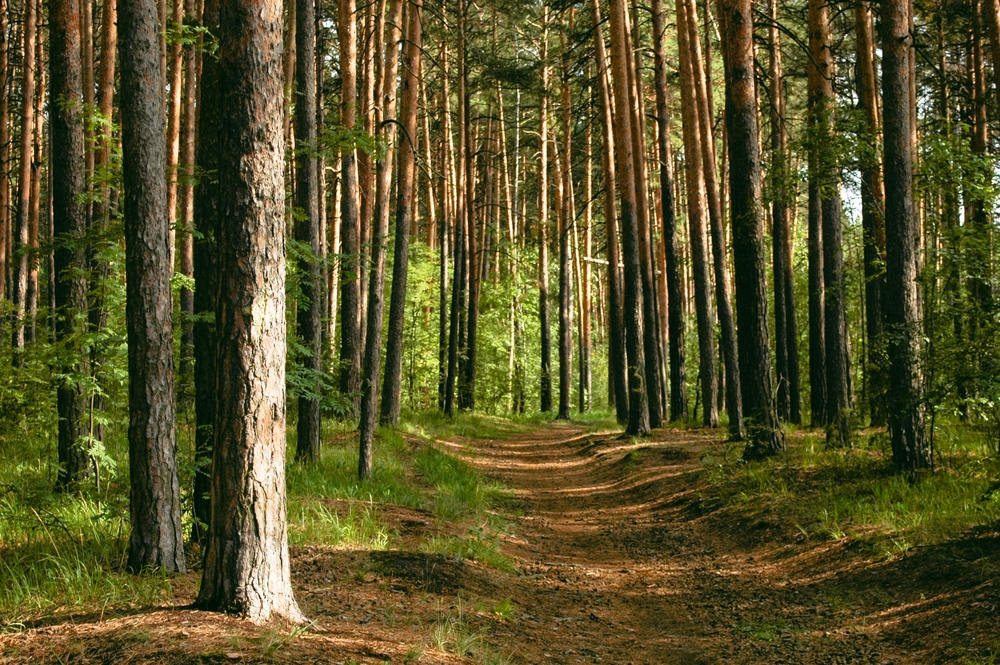- April 8, 2024
- by Shalini Murmu
- Mental Health
In the whirlwind of our modern lives, stress has quietly slipped into the routine of many. The endless cycle of deadlines and obligations can undoubtedly weigh heavily on our mental state. It’s no surprise that anxiety and depression seem to be more prevalent than ever before. Yet, amidst these challenges, there’s a glimmer of hope waiting to be uncovered – a natural remedy that’s closer than you might think. Ecopsychology shows how nature, in all its wonder, can serve as a beacon of hope, offering solace and renewal to those navigating the depths of mental health challenges.
Understanding Ecopsychology: Bridging Mind and Nature for Healing
Ecopsychology offers a fresh perspective, a bridge, if you will, between the bustling world of human existence and the serene whispers of nature. This discipline, grounded in the premise that our psychological well-being is deeply intertwined with the environment, suggests that the path to healing may just be a footstep away, into the natural world. It recognizes the profound impact that a disconnection from nature has had on our collective mental health and proposes a rekindling of this lost relationship due to the effects of stress as a vital step toward psychological healing.
At the heart of ecopsychology lies the acknowledgment of our innate need to connect with the natural world. It’s an understanding that our mental and emotional landscapes mirror the physical environment we inhabit. When the environment suffers, so do we. Conversely, when we nurture and respect our natural surroundings, we can find profound healing. This reciprocal relationship is important, as it offers a unique lens through which we can view our stress, anxiety, and depression not as isolated phenomena but as symptoms of a broader disconnection.

The practice of ecopsychology is not merely theoretical. It’s a call to action, encouraging us to step outside, to breathe in the air, to immerse ourselves in the sensory experiences that only nature can provide. It’s about finding solace in the simplicity of a leaf, the strength of a tree, and the resilience of a river that continues to flow despite the obstacles. This connection ignites a sense of belonging, a realization that we are part of something much larger than ourselves.
Through this discipline, we learn to see nature not as a backdrop to our lives but as an essential component of our mental health toolkit. It’s an invitation to engage with the world around us actively, to allow the natural rhythms of the Earth to guide our healing process. Ecopsychology doesn’t just bridge mind and nature; it reveals the unbreakable bond that sustains us, offering pathways to healing that are both ancient and urgently relevant today.
The Science Of Stress Relief Through Nature’s Embrace
Empirical evidence strongly supports the profound impact that nature has on alleviating stress. Engaging with the environment, through immersing ourselves in green spaces such as leafy parks, dense forests, or tranquil gardens, has been linked to a significant decrease in cortisol levels. This hormone, often dubbed the stress hormone, when elevated, can lead to a multitude of stress-related symptoms, impacting our mental well-being.

The mechanisms through which nature exerts its calming influence are multifaceted. It’s not just about the visual appeal of a verdant landscape; it’s about the symphony of sensory experiences that nature offers. The soothing sound of rustling leaves, the refreshing scent of the earth after rain, and the gentle touch of the sun can collectively work in ways to relieve stress and induce a state of relaxation. This holistic sensory engagement prompts our nervous system to shift from a state of heightened alertness, characteristic of stress, to one of rest and recovery.
Interestingly, the benefits of nature are not solely limited to direct physical interactions. Research suggests that even viewing scenes of nature through a window or via photographs can contribute to stress relief. It’s a testament to the power of nature’s imagery to evoke a sense of calmness, proving that the healing effects of nature can permeate even through indirect exposure.
Such findings underscore the importance of integrating nature into our daily lives as a natural, accessible remedy for stress and anxiety. By deliberately making time to step away from our screens and schedules and into the serene embrace of nature, we can harness its restorative power.
This natural therapy offers a counterbalance to the frenetic pace of modern life, reminding us of the fundamental connection between our mental well-being and the world around us. By understanding and embracing the science behind nature’s role in stress relief, we can begin to unlock the door to a more balanced, healthy state of mind.
Practical Ways To Integrate Green Therapy
For those residing in the heart of urban environments, the concrete expanse might seem like a barrier to connecting with the natural world. Embracing green therapy as part of your mental health recovery journey doesn’t necessitate grand gestures towards the outdoors. It’s about weaving the essence of nature into the fabric of your everyday life, making it as accessible as the air you breathe.

Consider the art of gardening, a practice that not only brings you into direct contact with the soil, plants, and open air but also serves as a metaphor for growth and healing. Like the seeds you plant, nurturing your well-being takes time, patience, and care.

Birdwatching is another pathway to reconnect with the natural world, offering moments of quiet observation and reflection. It invites you to step outside, to look up and around, and to immerse yourself in the rhythms of nature.

Similarly, outdoor yoga combines the physical benefits of gentle exercise with the serene backdrop of the natural world, allowing you to harmonize your breath with the breeze and find balance on the earth beneath you.

Creating a nature-inspired sanctuary within your home can also bridge the gap between indoor and outdoor environments. A corner filled with lush plants, or a cozy nook by a window overlooking trees or the sky, can become a retreat for moments of solitude and introspection. These spaces serve as daily reminders of nature’s presence and its enduring capacity for healing.
It’s about active engagement and finding joy in the discovery and beauty of the natural world. Green therapy is a personal journey of reconnecting with the natural world and recognizing its power to soothe, heal, and rejuvenate. By inviting nature into your life, you open yourself up to its endless possibilities for mental health recovery and growth.
Prioritize Your Mental Health
By anchoring our attention in the present moment, these practices cultivate a profound sense of awareness, allowing us to notice the subtleties of nature’s rhythms and cycles. This heightened sense of awareness can be profoundly therapeutic, serving as a potent antidote to the relentless stress and anxiety that often besiege our lives.
The psychological benefits of eco-mindfulness are manifold. Engaging in these practices can help to reduce symptoms of stress and anxiety, elevate mood, and enhance emotional resilience. By teaching us to find solace and inspiration in the natural world, eco-mindfulness practices illuminate a path toward a more balanced and harmonious state of being. They remind us that, amidst the complexities of modern life, the natural world remains a source of wisdom, healing, and renewal that is always within reach.
Let this article serve as a gentle nudge to carve out a moment from the hustle and bustle of your everyday lives. It’s time to place a premium on nurturing your mental well-being, washing away the stresses and anxieties that may have crept in. By tending to these smaller signals of mental strain now, we pave the way for a brighter, more resilient future.
Connect with North America Behavioral Health Services to analyze the severity of your mental health concern and be guided to renowned recovery centers located near you and choose from inpatient, outpatient, and residential type of treatment options.
















